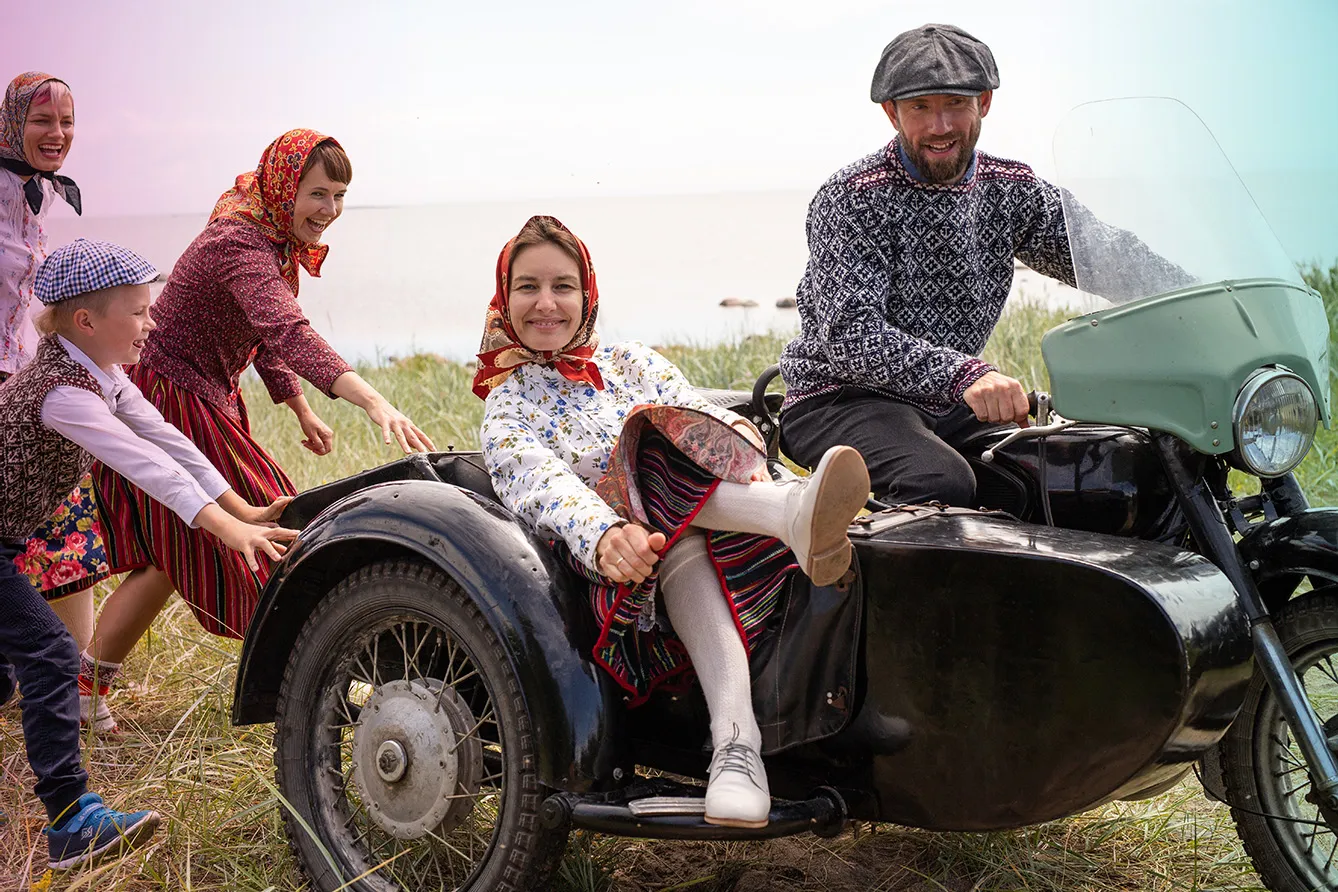But is it, really? Kihnu’s present culture is matriarchal, and to such an extent that even UNESCO recognized it in its list of intangible heritage. Women here engage in not only “traditionally” female duties, including passing tradition, taking care of the survival of songs and arts, and housekeeping.
These are also women who engage in less typically female activities, such as farming, animal husbandry, and, last but not least, decision-making on a communal scale. But the reason behind it is still rooted in traditional gender roles. On this small island in the Bay of Riga, just off the southernmost part of Estonia’s seashore, men were primarily engaged in fishing and seal-hunting and, therefore, absent from Kihnu’s social life.
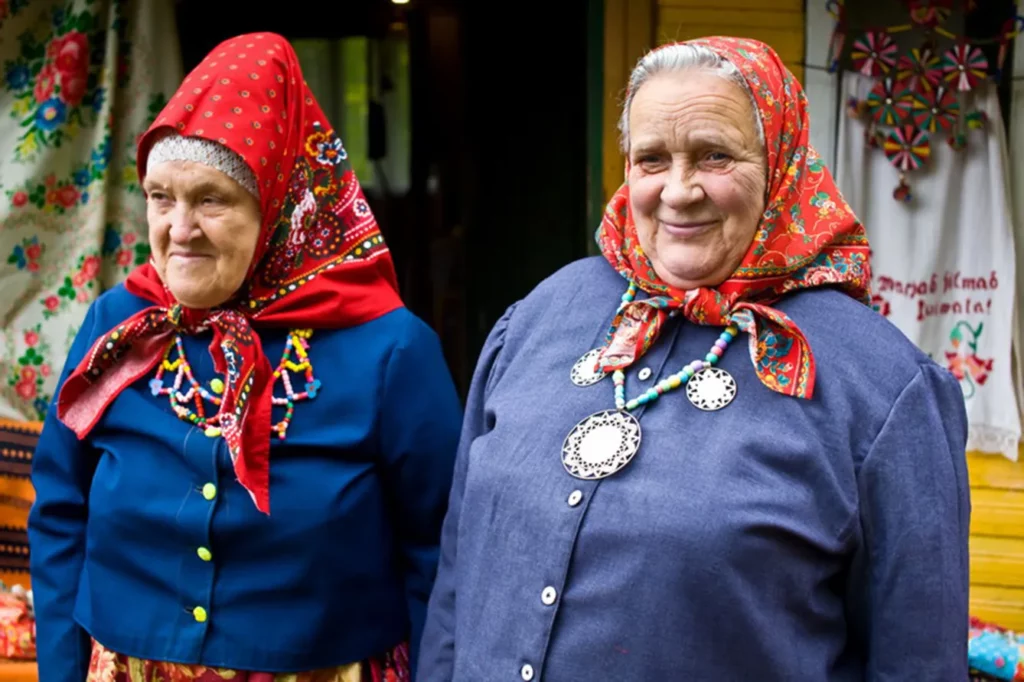
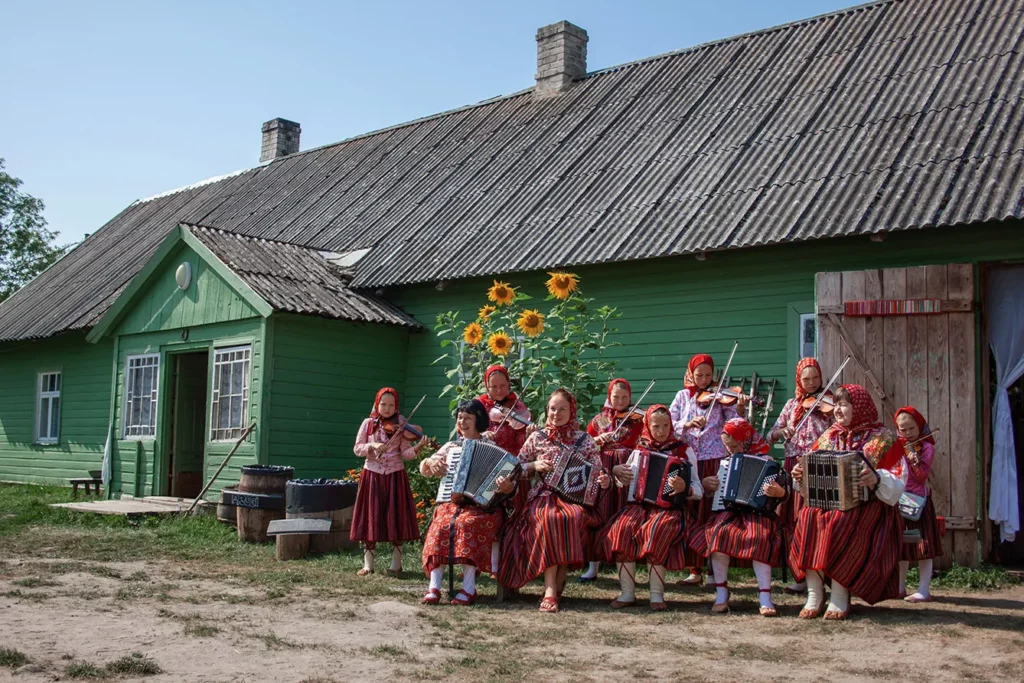
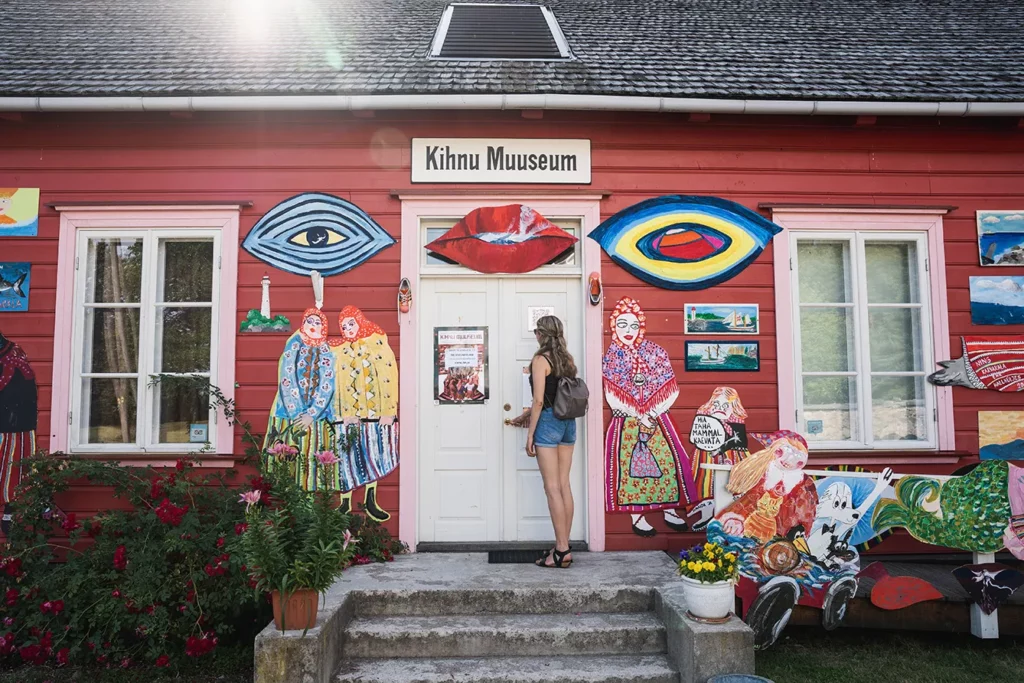
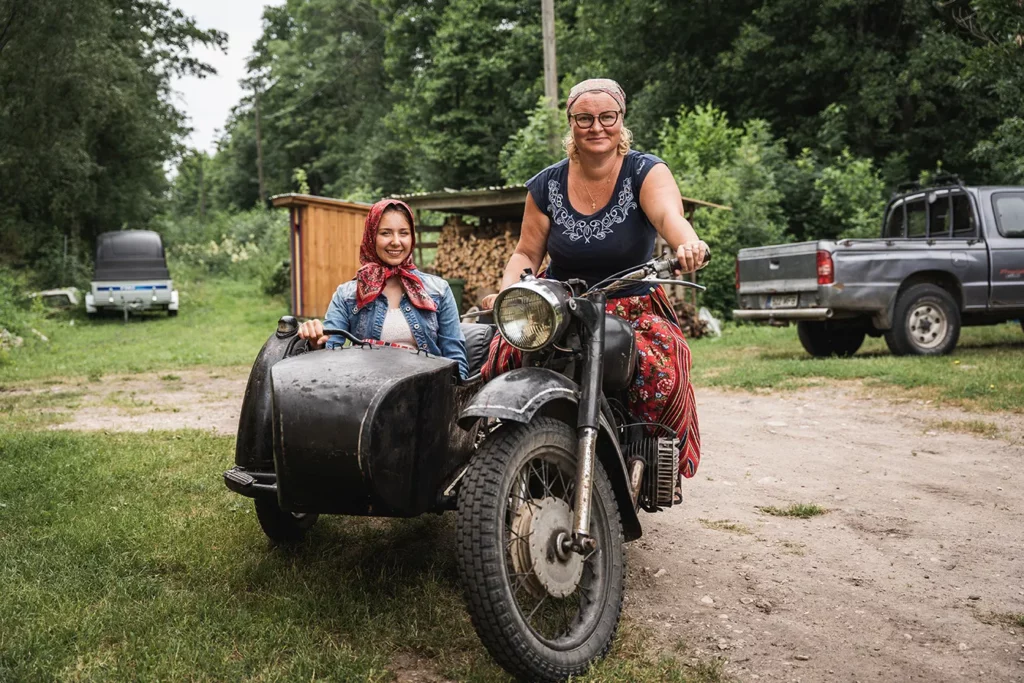
Bottom row, on left, Kihnu museum. On right, Uiõ-Matu farm. Photos: Priidu Saart / Visit Estonia
Kihnu’s culture is rich yet represented by a tiny society. The island has an area of 16 kilometers sq. You can walk across it in an hour in its longest diameter, and should you want to climb its tallest peak, don’t take your oxygen bottle, as it’s less than 9 meters above sea level.
With its less-than-magnificent size, it is inhabited by some 500-600 people across four villages, and yes, this includes some men. Some children even can attend school on the island. Should anyone leave Kihnu (or get there, for that matter), their choice will be a ferry, an hour to the mainland and a bit longer to the larger island of Pärnu. Unless, of course, it’s winter – in the coldest months, you can drive around islands on the frozen sea surface (rules and safety measures apply).
Historic-era settlers first arrived in Kihnu in the 14th century with folk from Estonia. Then it was Danish and later sold to the Polish-Lithuanian Commonwealth. Later occupied by Russians, taken over by Sweden in 1600, and conquered by Imperial Russia in 1810. It became Estonian, along with the country’s independence from Soviet rule.
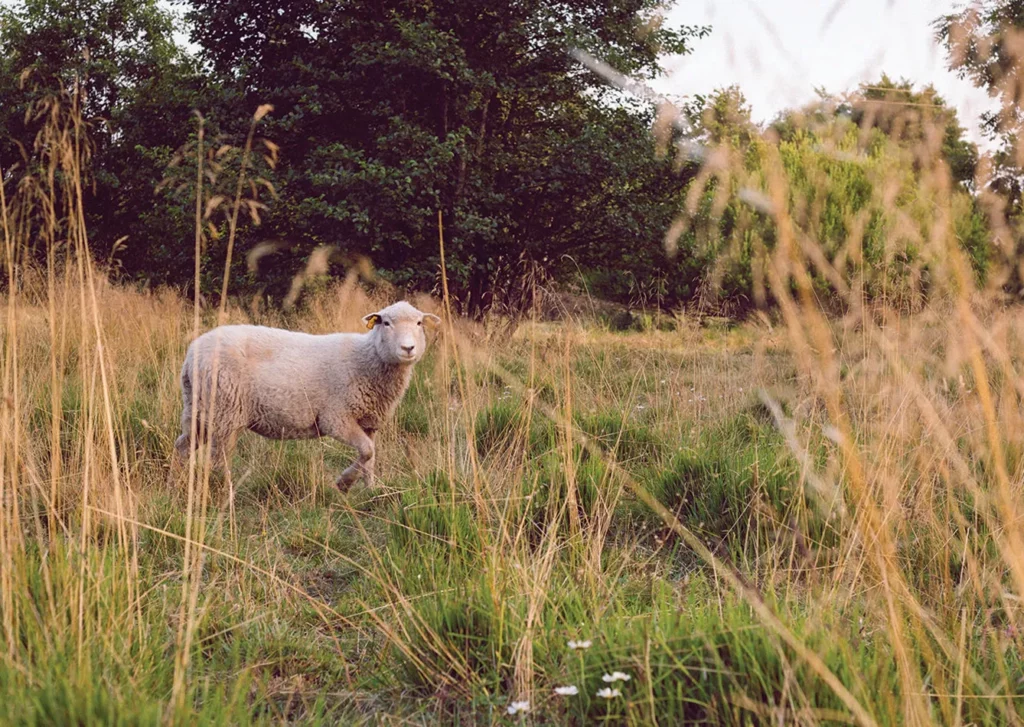
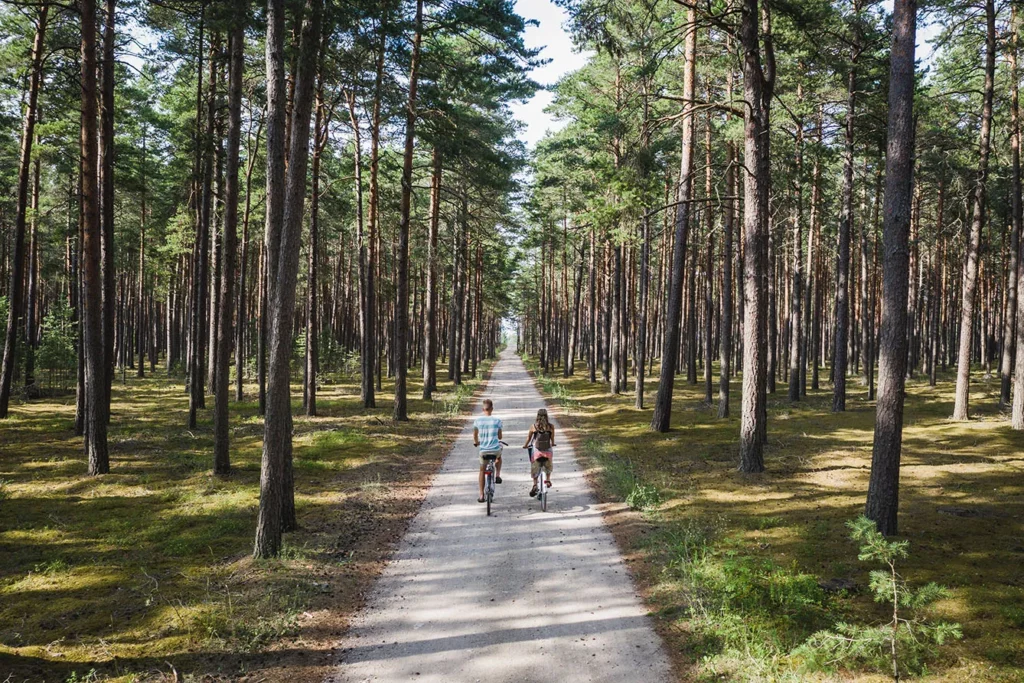

What’s distinctive about the island is the extraordinary level of conservation of its traditional custom, as well as its uniqueness. Along with the matriarchal culture, the traditions of the island are extraordinarily well-preserved thanks to the island’s relative isolation.
People in Kihnu speak a different language than those on the mainland. While it’s considered a dialect of Estonian, it retains many features of its rather Scandinavian origin, including vowel harmony – a feature where one vowel within the word resembles the other, a trait that remains in the Finnish language nearby.
Kihnu is also a colorful folk reserve – with women still wearing traditional dresses patterned with vertical stripes, not just for demonstration, but wearing them every day. They also still practice traditional weaving and baking peculiar rye bread with potatoes and herring added to the dough. You can also try seal fat on the island, as sail hunting is still practiced off the island. Don’t forget to try eggs laid by mergansers, the local semi-domesticated duck.
As you see, everything about the island is unusual and deserves protection. Bear this in mind when planning your visit – tiny and unusual places tend to become easily overcrowded.


